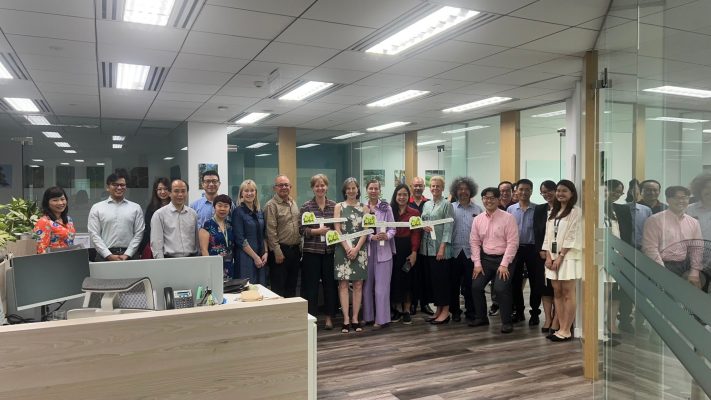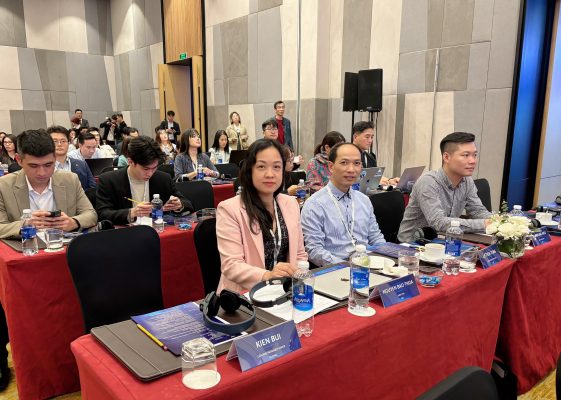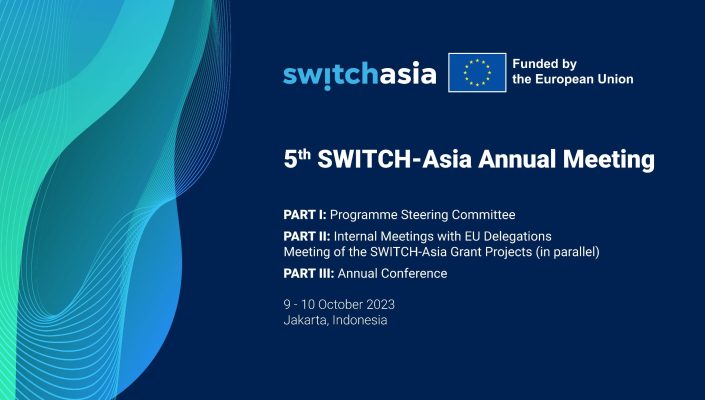Criteria of eco fair products: Opportunities and challenges of exporting rice to the EU

|
The European Union-Vietnam Free Trade Agreement (EVFTA) between EU and Vietnam provides a specific provision related to promoting eco-fair products. In which, rice is considered the main export commodity of our country. The potential and challenges of Vietnam’s rice exports when signing the EVFTA agreement. Rice maintain its position as one of the key export items of agro-forestry and fishery group as rice exports registered steady growth for years, building a prestige in the global market. Despite being affected by Covid-19 pandemic, Vietnam’s rice industry sees robust growth in 2020. According to General Department of Vietnam Customs, in the first 6 months of 2020, rice exports totaled US$1.717 million, up 18.6 percent in comparison with the same period of 2019. Meanwhile, the output increased by 5 percent to US$3.5 million and rice export price expanded 13.3% to reach an average US$ 499 per ton, focusing on traditional markets such as Philippines, Indonesia and China. The European Union-Vietnam Free Trade Agreement (EVFTA) is expected to take effect on August 2020, paving the way for Vietnam’s rice to expand the consumption markets to EU – one of the most stringent markets in the world. According to the report “Prospects for Agricultural Markets and income in the EU 2013 – 2023”, EU predictedthat the ricegrowingarea wouldbe remainedunchanged. To meet the increasing demand, EU willincrease the quantity of riceimport. Accordingly, Vietnam is expected to be givena preferential quota of 80,000 tons of rice/year (including 30,000 tons of milled rice, 20,000 tons of unmilled rice, and 30,000 tons of fragrant rice) when exporting rice to the EU. Besides, the EU willcompletelyliberalisetrade inbroken rice (allowingVietnamtoexport about100,000 tonsof broken riceto the EU annually). At the same time, the EU commits to bring the tax ratedownto 0% after 3-5 years for rice products. The amountof Vietnamese rice exported to the EU in the first half of 2020 is at 13.4 thousand tons,whilethe remaining capacity in the quota is 66.6 thousand tons (83%). The access to a new market with low to almost zero tariff rates will create the competitive advantage of price for Vietnam’s exporters. On the other hand, there is one major challengethat Vietnamese exporters have to face:a specific provision in the agreement (EVFTA) related to promoting eco-fair products. This criterion is both an opportunity and a challenge for Vietnam’s rice exports. The barriers for a value chain to be able to be certificated with eco-fair certification are made up of three pillars: Firstly, the capacity ofproduction for eco-fair development inmicro and small SMEs (MSMEs) are still limited. Most MSMEs do not have anystrategic plan for sustainable development. Their capacity forproducingand marketingeco-fair products andability toaccess green technology, sustainable design and green finance is limited. Secondly,theawareness of MSMEs, consumer groups, stakeholders, and the public sector is limited. Thirdly, there is currently no cost-effective service provider to help consumersgetaccesstoVietnam’s eco-fair agro-food products. Thus, with the signing of the European-Vietnam Free Trade Agreement (EVFTA), rice exports are having great opportunitiesto improve competitiveness and gain access to many other market. However,in order tofindsuccessin this market, Vietnam’s rice industry is required to achieve an eco-fair certification. An eco-fair certificate, a ticket for Vietnam’s rice to enter the European market The biggest challenge of Vietnam’s rice when entering the EU is to create consumer confidence. This belief must start fromcreatingthe product lines with competitiveadvantages, qualityandstandards that is on a par with its in EU market. In order to archieve that result, the eco-fair certification is perceivedas the firstrequiredfactor. Eco-faircertificate is considered as a measure to assess product quality. The goal of this certification is to enable consumers to identify products that have undergone rigorous testingwith quality assurance,ensure to reducethe product’s environmental impact from manufacturing to disposal processes. Upon obtainingcertification marks, Vietnam’s rice products will be perceived to beclean,highquality, reputable, healthy, and safe to usethrough the eyes of customers. For enterprises, when the product meets the criteria of greenand eco-friendly, a door is opened forVietnamese rice exports to EU. EVFTA has no restrictions on commodities and turnoverto be imported, thereforethere is no negotiation required foreach specific item. Vietnam can export any “made in Vietnam” fruit and vegetablesto the EU as long as it meet EU requirements. Therefore, to increase exports, fresh exports to the EU must all apply with GAP(Good Agricultural Practices – Good Agricultural Practices) standards. On the other hand, this is also an opportunity for rice manufacturersand exporters, especially MSMEsto restructure their production,implement sustainable production practices,innovate products in the supply chain, improve brand imageandfulfill corporate responsibility to the social environment. For a long time, Vietnamese people have been producing rice following their productionhabits, in small area for cultivation withoutanymeasurement of product quality. Eco-fair certification will link production areas and businesses to create eco-friendlyand green products under standards. When the right products that meet the needed quality standards are produced, the capacityof enterprisesfor sustainable production and market promotion is also enhanced. The EU is a very demanding market for agricultural products. To affirm its brand in the EU market, Vietnam’s rice also needs to explore opportunities and adopt suitable standards for each specific market to satisfy even the most stringent requirements. In the context of increasing degree of integration, once enterprises want to expand export opportunities for rice products, that is the inevitable path.
|





